
From the bustling streets of Paris in the early 1900s to today’s energy-efficient LED neon signs, the history of neon signs and LED technology tells a story of constant reinvention. These illuminated creations have shaped advertising, branding, and nightlife for more than a century. At euNeon, we combine this legacy with modern craftsmanship — offering plug-and-play LED neon signs with Fast Worldwide shipping and CNC precision that make timeless style accessible to businesses and event planners across Europe.
Whether you’re an event organizer, café owner, or brand manager, understanding how neon evolved into today’s LED technology helps you choose signage that blends history with innovation.
The Birth of Neon Signs (1900s–1930s)
Georges Claude and the First Neon Lamp
The history of neon signs and LED technology begins with a breakthrough in Paris. In 1910, French engineer Georges Claude unveiled the first practical neon lamp by passing an electric current through sealed glass tubes filled with neon gas. The result was a bright, glowing red-orange light unlike anything the world had seen before.
His invention quickly attracted attention from advertisers and city planners. Within just a few years, neon signs began illuminating storefronts in Paris and later expanded into London, Berlin, and New York.
Early Commercial Use in Paris and Beyond
The first commercial neon signs were sold to businesses looking to stand out in crowded cityscapes. By the 1920s, neon’s distinctive glow had become a marker of progress and modernity. These early signs were expensive, but they offered unmatched visibility, even from great distances.
Cities across Europe and the United States soon embraced neon. From department stores to theaters, neon transformed how businesses communicated with customers.
Neon as a Symbol of Modernity
By the late 1920s and early 1930s, neon was synonymous with innovation. The evolution of neon signs mirrored the growth of modern consumer culture. City squares became brighter, nightlife districts more inviting, and retail storefronts more eye-catching. Neon wasn’t just lighting; it was identity.
Tip: Many design historians consider neon the first true urban visual branding tool. Its ability to create both text and artistic shapes gave brands new creative freedom — a role that LED neon signs continue today with even greater flexibility.
The Golden Age of Neon (1940s–1960s)
Neon Signage in Advertising and Retail
By the 1940s, neon was no longer a novelty — it was everywhere. From cafés and cinemas to car dealerships and department stores, neon signage in advertising became the standard for drawing attention. Its bold colors and ability to shine through fog, smoke, or rain made it particularly effective for city environments.
In places like Las Vegas and Times Square, entire districts became showcases of glowing neon creativity. These illuminated hubs defined nightlife and commercial culture, drawing tourists and solidifying neon’s association with excitement and modern living.
Expansion Across Europe and the US
After World War II, economic recovery fueled urban growth. Custom Neon signs expanded rapidly across Europe and the United States, becoming essential markers for entertainment, dining, and shopping. Hotels, bars, and restaurants relied on neon to stand out in competitive markets.
In the EU, neon became an unmistakable part of urban identity. Cities such as Berlin, London, and Milan featured elaborate neon displays that competed in brilliance and creativity.
Evolution of Neon Signs in Color and Style

Technological progress allowed neon manufacturers to expand beyond the original red-orange glow. By experimenting with different gases and phosphor coatings, sign makers unlocked a full spectrum of colors. Blue, green, and pink hues made signage more vibrant and flexible for branding.
This period marked the peak of neon artistry. Designers created intricate logos, dynamic patterns, and even animated displays. The evolution of custom neon signs during this era cemented their reputation as both functional advertising and cultural art forms.
Checklist – Why Businesses Loved Neon in This Era:
- Eye-catching glow visible from long distances
- Endless design possibilities with new colors
- Strong association with nightlife and entertainment
- Durable enough for outdoor city use
Challenges and Competition (1970s–1990s)
Energy Costs and Decline of Traditional Neon

By the 1970s, the global energy crisis began to impact neon usage. Traditional neon signs required high-voltage transformers and constant electricity, making them less attractive as energy prices rose. Businesses started looking for more cost-efficient alternatives.
Rise of Alternative Lighting
During the 1980s and 1990s, fluorescent and incandescent options became cheaper to produce and easier to maintain. While they lacked neon’s iconic glow, these alternatives reduced operating costs. This shift caused a gradual decline in neon’s dominance in city centers.
Safety and Maintenance Concerns
Traditional neon also faced criticism for its fragility and safety risks. Glass tubes were prone to breakage, repairs were costly, and specialized technicians were needed for installation and upkeep. For many businesses, the expense and complexity outweighed the benefits.
Comparison – Neon vs Alternatives in the 1980s:
| Feature | Neon Signs | Fluorescent/Incandescent |
|---|---|---|
| Visual Impact | Bright, iconic glow | Moderate, less vibrant |
| Energy Efficiency | High energy consumption | Slightly more efficient |
| Durability | Fragile glass tubes | More stable construction |
| Maintenance | Specialist repairs required | Easier replacement |
Despite these challenges, custom neon sign popularity only grew. It remained a cultural icon, especially in nightlife and entertainment districts, but the stage was set for a new technology to take the lead.
The Rise of LED Lighting Innovation

Early LED Development and Applications
The roots of LED lighting innovation stretch back to the 1960s, when the first practical Light Emitting Diodes were developed. At first, LEDs were limited to small indicator lights on electronics. Their low brightness and limited color range meant they couldn’t yet compete with custom neon signage.
By the 1990s, however, advances in semiconductor technology made LEDs brighter, more affordable, and available in multiple colors. This opened the door for their use in architectural lighting, traffic signals, and eventually, signage.
Advantages of LEDs vs Traditional Neon
LEDs brought several clear advantages over traditional neon:
- Energy efficiency — LEDs consumed far less electricity, reducing long-term operating costs.
- Longevity — Lifespans often exceeded 50,000 hours, far outpacing neon’s typical durability.
- Durability — Solid-state construction meant LEDs were resistant to shock and weather conditions.
- Flexibility — LEDs could be arranged in strips, modules, or shaped into new forms.
These benefits made LEDs an increasingly attractive option for businesses and municipalities trying to balance cost with visibility.
Sustainability and Energy Efficiency
By the early 2000s, sustainability became a core driver of lighting innovation. LED technology was hailed as an eco-friendly solution that significantly reduced carbon footprints. Compared to neon, which required constant high-voltage power and fragile glass tubes, LEDs offered a safer, greener alternative.
Bold Tip: EU businesses adopting LED neon signs today often cut energy use by up to 80% compared to traditional neon — a major factor in long-term savings and sustainability commitments.
LED Neon Signs: A Modern Evolution

LED Neon Signs vs Traditional Neon Signs
As LED lighting matured, it gave rise to LED neon signs — flexible strips of LEDs encased in diffused tubing that mimicked the classic neon glow. Unlike fragile glass tubes, LED neon signs could be bent and shaped without risk of breaking. This meant businesses could achieve the nostalgic look of neon while benefiting from modern technology.
Key differences:
- Traditional neon: handcrafted glass, high-voltage transformers, higher running costs.
- LED neon: energy-efficient, durable, safe to install, and far more customizable.
Customization and Flexibility for Businesses
LED neon signs offer nearly unlimited creative freedom. They can be cut, shaped, and sized to match any logo, phrase, or artwork. With digital controllers, signs can also include dimming options, flashing effects, and even color-changing animations.
For businesses, this flexibility translates into branding opportunities that traditional neon could never deliver. Cafés, retail stores, and corporate events all benefit from LED neon’s ability to create tailored, photo-worthy visuals that drive customer engagement.
👉 See a more in-depth comparison of LED neon signs vs traditional neon signs in this article – Glass vs LED Neon signs.
Integration into Events, Architecture, and Art
LED neon signs are now found far beyond storefronts. Event planners use them as statement backdrops for weddings, parties, and corporate launches. Architects incorporate them into building facades and interiors to create dramatic lighting effects. Artists, too, have embraced LED neon as a medium for installations that combine visual impact with sustainable design.
Checklist – Why LED Neon Dominates Today:
- Lightweight and easy to transport
- Plug-and-play installation with no electrician needed
- Safe, shatter-resistant construction
- Energy-efficient operation with lower long-term costs
- Fully customizable designs in nearly any color or shape
👉 Ready to design your own Custom neon sign? Use our Custom Design Tool to create a unique piece for your business or event.
Why euNeon (At-a-Glance)
Choosing the right partner for your LED neon sign project matters. At euNeon, we bring together tradition, modern technology, and precise craftsmanship to deliver signs that last. Here’s why businesses and event planners across Europe trust us:
✅ Plug-and-play installation — every sign is ready to mount straight out of the box.
✅ Fast Worldwide shipping — delivered safely across the world at no extra cost.
✅ CNC precision craftsmanship — ensuring perfect shapes and sharp details.
✅ Optional UV-printed backing — adds a premium touch and excellent detailing to your sign.
✅ 12-month warranty — peace of mind with guaranteed durability.
✅ Full kit included — sign, wall/ceiling mounting kit, 12-V power adapter, dimmer + remote, and 1.8 m silver power cord.
Bold Tip: With euNeon, you’re not just getting a sign — you’re investing in a high-quality branding tool with modern design tailored to your brand.
Our Process: From Idea to Installation
Every custom neon sign at euNeon follows a clear, streamlined process that balances speed with precision. We combine advanced CNC technology with expert craftsmanship to ensure every project matches your vision.
Step 1: Share Your Idea
Upload your logo, text, or design concept through our Custom Design Tool. Our team reviews the details and prepares a professional mockup of your custom neon sign within ~6 hours.
Step 2: Production & Assembly
Once approved, we move into production. Each sign is crafted using CNC precision cutting, LED tubing, and optional UV-printed or colored acrylic backing. Assembly and testing typically take ~1–2 weeks.
Step 3: Delivery
We carefully package your sign with protective materials and ship it directly to you — with Fast Worldwide shipping included. Every order is insured for safe delivery.
What Makes This Process Different?
- Fast mockup turnaround (~6 hours)
- Production times as short as ~1 week
- Quality control at every step
- Direct support from our team if adjustments are needed
👉 Want to see how your idea would look as a glowing LED custom neon sign? Request a free mockup today.
What’s in the Box with Every EUNeon Sign
When you order from euNeon, you don’t just get a custom neon sign — you get a complete, ready-to-use package. Everything needed for fast, stress-free installation is included.


Inside every box:
- ✅ Custom neon sign (your design, logo, or text)
- ✅ Wall/ceiling mounting kit with screws and accessories
- ✅ 12-V power adapter (EU standard)
- ✅ Dimmer and remote control for brightness adjustment
- ✅ 1.8 m silver power cord for flexible placement (or longer if needed)
No hidden extras, no need for specialist tools — simply unbox, mount, and plug it in.
Bold Tip: Because every sign is delivered as a full kit, you don’t need an electrician or additional hardware. Installation is quick, safe, and designed to fit seamlessly into your space.
👉 Explore our Instagram to see real-life examples of euNeon signage in advertising.
Looking Ahead: The Future of Neon and LED
Trends in Advertising and Branding
As digital and social media dominate marketing, neon signage in advertising remains powerful because of its physical, photo-worthy appeal. Branded LED neon signs double as décor and content generators — customers naturally share photos, giving businesses organic reach on platforms like Instagram and TikTok.
For event planners, custom neon sign backdrops are becoming a standard for weddings, conferences, and product launches. Their ability to set atmosphere while promoting brand identity ensures continued demand.
Technological Innovation on the Horizon
LED lighting innovation shows no signs of slowing. Future advancements include:
- Smart integration — Wi-Fi and app-controlled custom neon signs for dynamic effects.
- Greater sustainability — LEDs with even lower energy consumption and recyclable materials.
- Enhanced customization — AI-powered tools that generate designs instantly for businesses and creators.
The fusion of history of neon signs and LED technology suggests a future where classic design and cutting-edge efficiency continue to coexist. Traditional neon will always have its place in cultural heritage, while LED neon pushes boundaries in creativity and sustainability.
Bold Tip: Investing in LED neon today means you’re future-proofing your brand with signage that balances timeless style with tomorrow’s innovation.
Conclusion: Timeless Glow Meets Modern Innovation
For more than a century, illuminated signage has shaped the way cities, businesses, and events capture attention. From the early brilliance of Georges Claude’s neon lamp to today’s eco-friendly LED neon solutions, the journey reflects constant reinvention.
The history of neon signs and LED technology shows us two truths:
- Neon’s iconic glow will always be tied to creativity and culture.
- LED neon has redefined what signage can be — safer, more flexible, and more sustainable than ever before.
At euNeon, we combine both legacies. Our CNC precision signs, Fast Worldwide shipping, and plug-and-play kits bring modern neon innovation directly to your space. Whether for a wedding, café, or corporate event, your brand can shine with the same timeless glow that has inspired generations.
👉 Ready to bring history and innovation together? Request a quote today and get started with your custom design.
FAQ (4–6 Q&As)
Do you offer express shipping?
Yes, euNeon provides Fast Worldwide shipping. All packages are insured and carefully protected for safe delivery.
Do I need an electrician or special tools?
No. All euNeon signs are plug-and-play and arrive with a full mounting kit, adapter, and remote. You can install them yourself with basic household tools.
What comes in the box?
Each order includes: your custom LED neon sign, mounting kit, 12-V adapter, dimmer + remote, and a 1.8 m power cord. Optional UV-printed oak backing is available.
How long is the warranty?
Every euNeon custom sign comes with a 12-month manufacturer warranty covering defects and workmanship.
How fast are mockups and delivery?
Mockups are usually ready within ~6 hours. Production and assembly take ~1 week before shipping.
How do I submit my idea or logo?
Simply upload your design or logo via our Custom Design Tool to start the process.
Related Resources
Want to keep exploring the world of neon and LED signage? Here are some useful links and inspiration:
- 📖 Check out how you can improve Your business in this article: Neon Signs for Business: 7 Proven Ways to Boost Foot Traffic
- 🌍 Are LED Neon Signs Energy Efficient?
- 📸 Follow us on Instagram for behind-the-scenes, new projects, and event inspiration: Instagram @euNeon
- 🎨 Create your own design with our easy-to-use Custom Design Tool
- 🖼️ Browse our Page for more real-life examples of our work
Bold Tip: Bookmark our Blog to stay updated on trends, guides, and insights about neon signage.
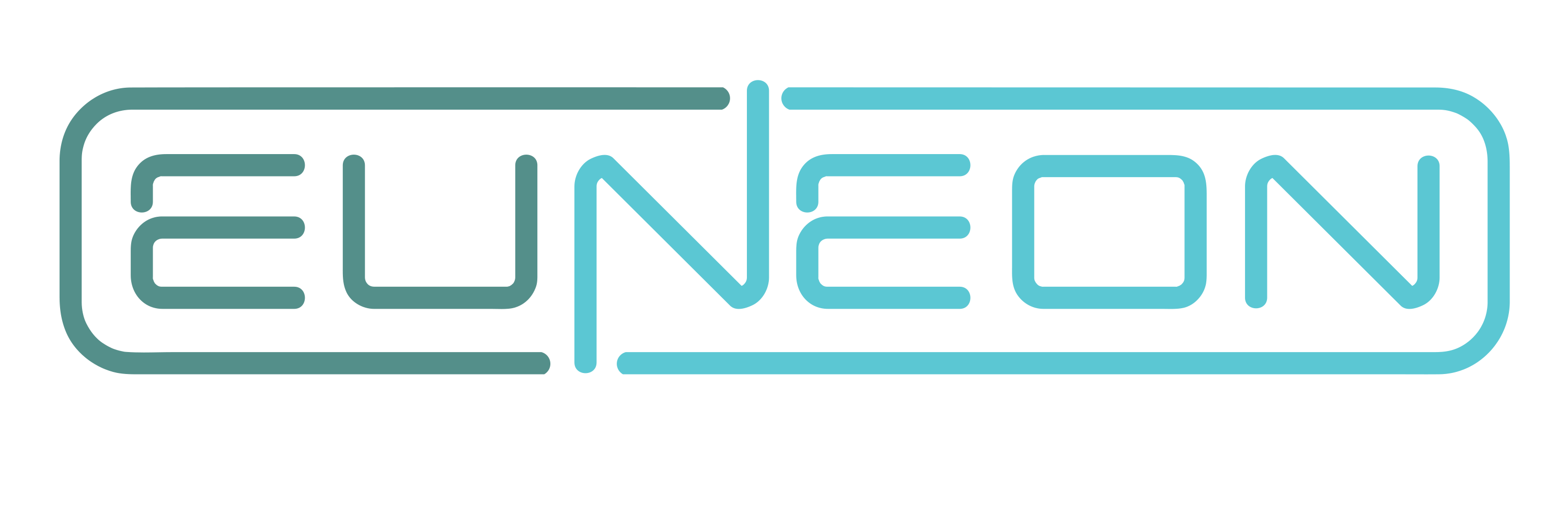

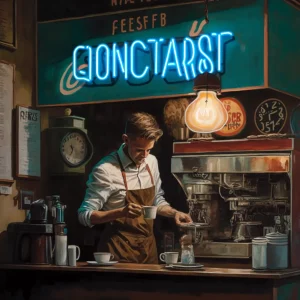
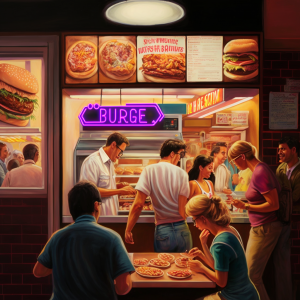
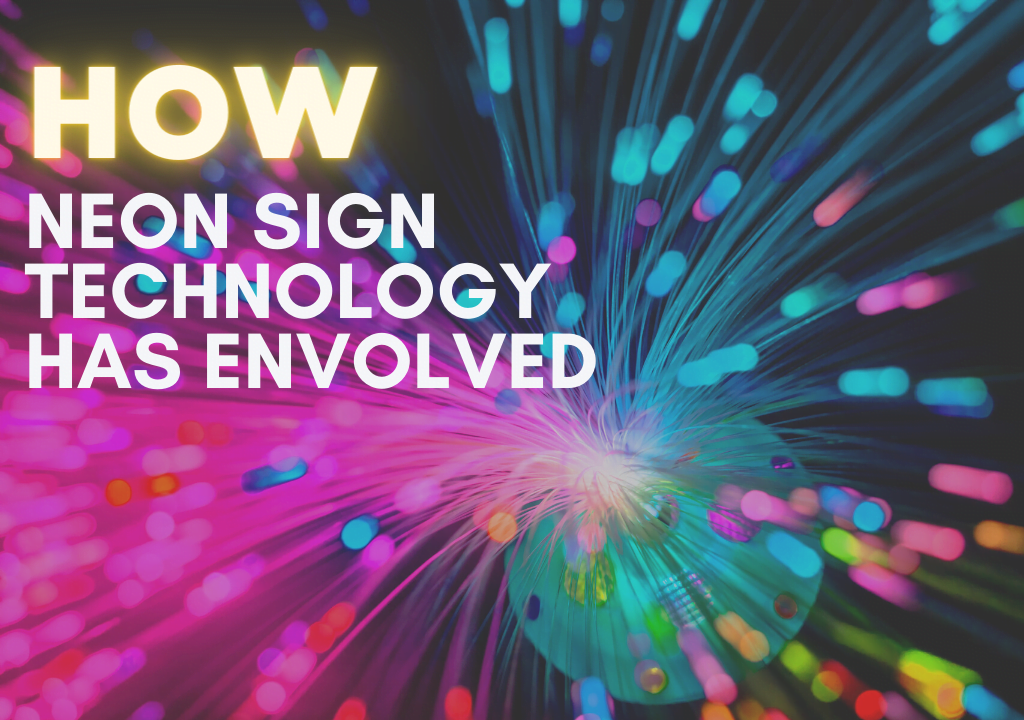

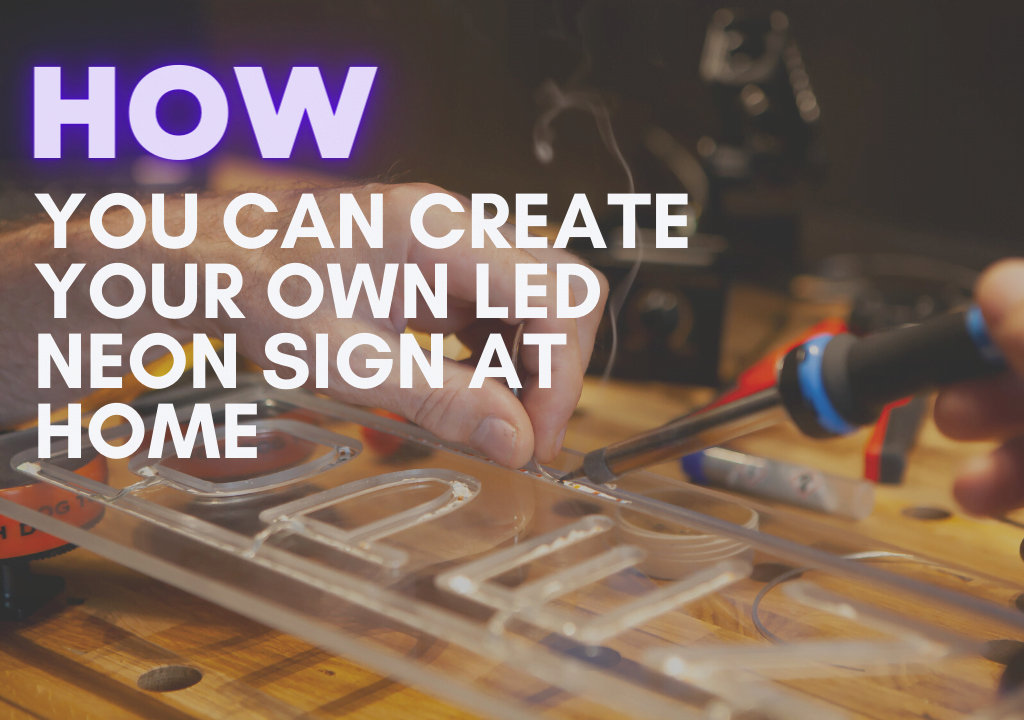
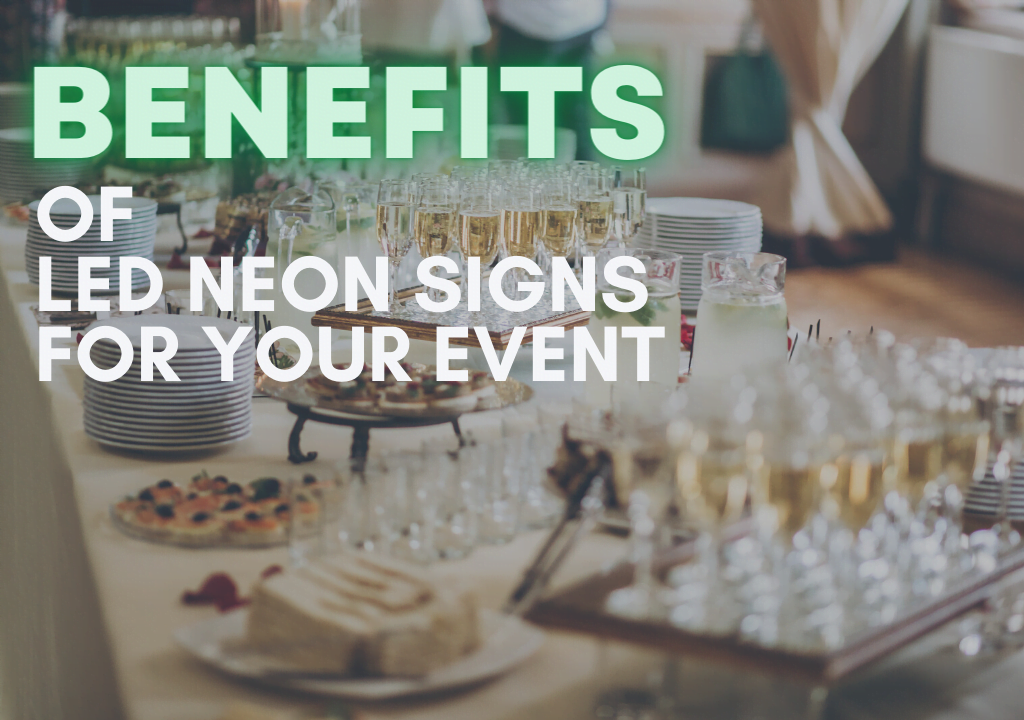
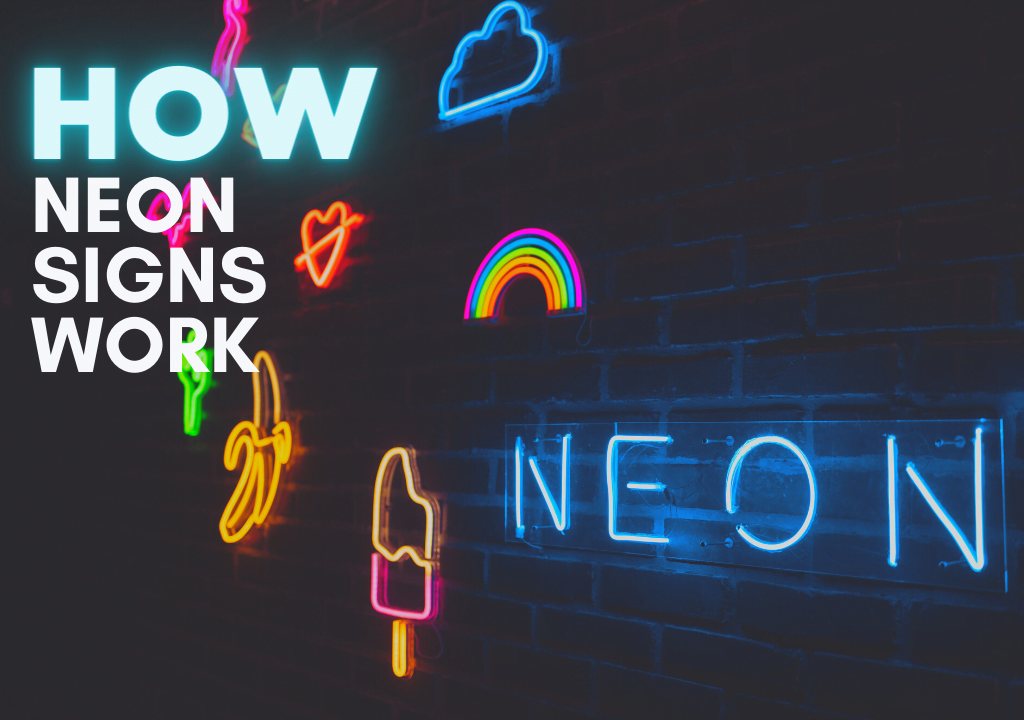

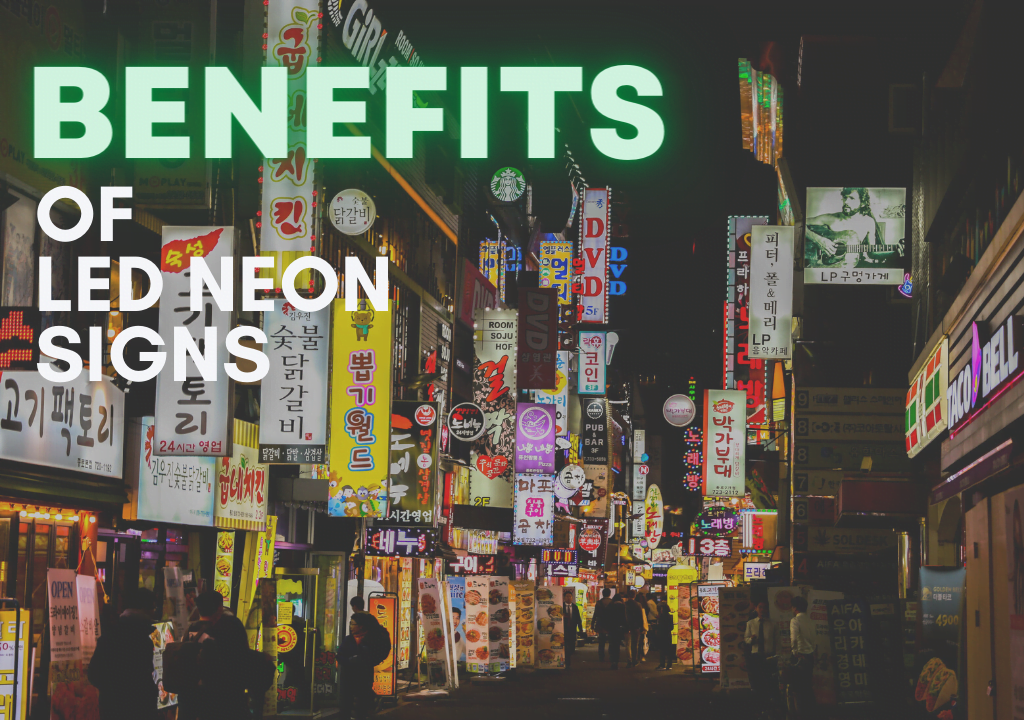
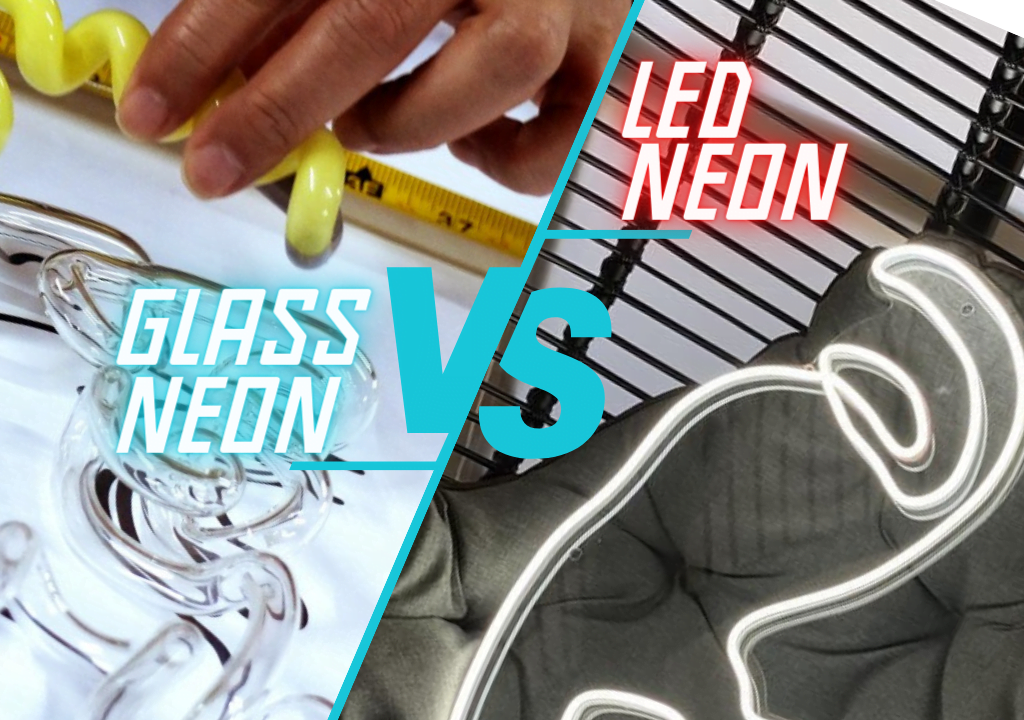
2 thoughts on “History of Neon Signs and LED Technology: 5 Key Milestones”
-
Pingback: The Psychology of Color in LED Neon Signs - EUneon
-
Pingback: Comparing Efficiency of Glass vs LED Neon Signs - EUneon
This site uses User Verification plugin to reduce spam. See how your comment data is processed.